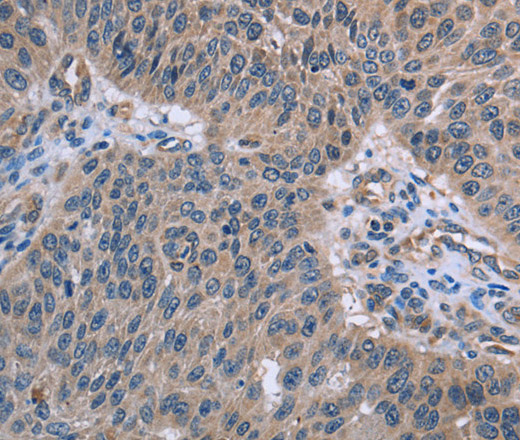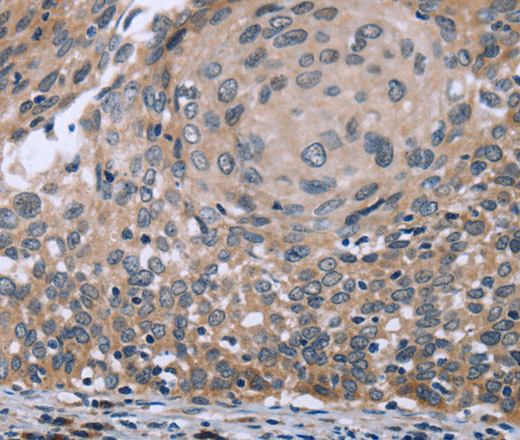p53RFP Polyclonal Antibody
For reference only. Please follow the manual included in your kit for instructions.
Catalog Number
Product Name
p53RFP Polyclonal Antibody
Catalog Number
RD78171A
Clonality
Polyclonal
Purification Method
Affinity purification
Isotype
IgG
Host
Rabbit
Background
p53 is the most commonly mutated gene in human cancer identified to date. Expression of p53 leads to inhibition of cell growth by preventing progression of cells from G1 to S phase of the cell cycle. Most importantly, p53 functions to cause arrest of cells in the G1 phase of the cell cycle following any exposure of cells to DNA-damaging agents. The MDM2 (murine double minute-2) protein was initially identified as an oncogene in a murine transformation system. MDM2 functions to bind p53 and block p53-mediated transactivation of cotransfected reporter constructs. The MDM2 gene is amplified in a high percentage of human sarcomas that retain wildtype p53 and tumor cells that overexpress MDM2 can tolerate high levels of p53 expression. Another p53 target protein is the p53-inducible RING finger protein (p53RFP), an auto-ubiquitinylated protein acting as an E3 ubiquitin ligase. p53RFP, also designated IBRDC2 in mouse and rat, receives ubiquitin from specific E2 ubiquitin-conjugating enzymes and transfers it to substrates that promote their degradation by the proteasome. p53RFP may mediate re-entry into the cell cycle.
Immunogen Information
Immunogen
Recombinant protein of human RNF144B
Swissprot
Q7Z419
Synonyms
bA528A10.3E3 ubiquitin protein ligase RNF144BE3 ubiquitin-protein ligase RNF144BIBR domain containing 2IBR domain containing protein 2IBR domain-containing protein 2IBRDC 2IBRDC2KIAA0161MGC71786OTTHUMP00000016079OTTHUMP00000016080OTTHUMP000000
Calculated MW
34 kDa
Gene Accession
BC063311
Applications
Reactivity
Human,Mouse
Tested Applications
WB,IHC,ELISA
Conjugation
Unconjugated
Dilution
WB 1:200-1:1000, IHC 1:50-1:200
Concentration
0.4 mg/mL
Storage Buffer
PBS with 0.05% sodium azide and 50% glycerol, PH7.4
Storage Instructions
Store at -20°C. Avoid freeze / thaw cycles.


